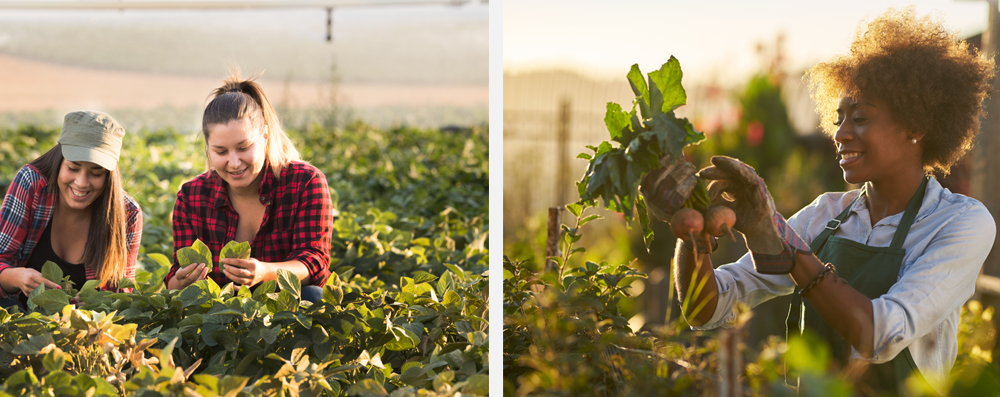We are all interested in having a little bit of a wild life. Well, to attract some desirable wildlife to your garden you need to provide a good environment. Birds require plants for food, nesting and protection. Birds also require fresh clean water. This last requirement is easily meet with a shallow lily pond, stream or simple birdbath.
To create your backyard habitat plant fast growing evergreens and deciduous trees. To round out your habitat plant your favorite flowering shrubs perennials and annual flowers but always include some that attract such wildlife as birds and butterflies.
The trees that should be on your selection list to attract birds are Serviceberry, Dogwood, Fir, Hawthorn, Sweet Gum, Crabapples, Mountain Ash, Russian Olive, Mulberry, Pine, Spruce, Oak, Hemlock and Hornbeam. Often in our smaller city properties space is a problem to counteract this you can plant evergreen hedges of Spruce, Fir, or Hemlock to provide nesting areas and winter protection. To continue to build your wildlife habitat add the following flowering shrubs: Spindletree, Honeysuckle, Mahonia, Firethorn, Currants, Snowberry, Coralberry, Autumn Olive, berry bearing Viburnums and hip producing roses.
To increase the attractiveness of your habitat to wildlife you can utilize the vertical space of your walls and fences by planting these vines: Honeysuckle, Bittersweet, Boston Ivy, Virginia Creeper and Ampelopsis.
It is also important to add the proper sized birdhouses throughout the habitat and to feed the birds year round. The food you put out for the birds should include all black sunflower seed, peanuts, cracked corn, grain seeds and in the winter, suet should be available too!
Hummingbirds can be attracted to your garden by augmenting your nectar feeder with plants that naturally provide nectar. To be effective the nectar plants you select should provide a continuous succession of bloom. The following are just a few of the plants you have to select from: Columbine, Bleeding Heart, Dahlia, Delphinium, Phlox, Nasturtium, Gladioli, Nicotiana, Snapdragon, Fuchsia, Monarda, Scarlet Runner Bean, Morning Glory, Honeysuckle, Flowering Crabapple, Flowering Quince and Beauty Bush.
Attracting butterflies to your garden can be a hit or miss proposition since butterflies strongly tend to flower constant (feeding only on one flower kind at a time) and forgetting the previous kind of flower they had learned to feed on. Attracting butterflies can also have its downside in that their larva may feed on your garden plants i.e. Swallowtail butterfly on parsley and carrots. The following is a list of plants you should plant in your garden to ensure reasonable success in attracting butterflies: Columbine, Butterfly Weed, Blue Aster, Common Milkweed, Purple Coneflower, Cardinal Flower, Bergamot (Monarda), Goldenrod, Alpine Pink, Coreopsis, Achillea, Armeria, Aubrieta, Calendula, Chrysanthemum, Cimicifuga, Cosmos, Gaillardia, Helenium and Liatris.
My absolute favourite plant for attracting both hummingbirds and butterflies (especially Monarch butterflies) is the Butterfly Bush (Buddleia davidii). Butterfly Bush while usually dying to or close to the ground each winter, then spring forth in May to produce a three to five foot tall plant with arching branches and large colourful often fragrant panicles of flowers from July to frost. Their flower colours range from dark purple, pink, violet-blue, lilac-pink, purple-red to white. This is a great plant for any garden with a rich moist well-drained soil and a sunny spot.
One little note in passing: Birds do eat butterflies and their larva so attracting butterflies may also attract birds. These two gardens are not incompatible if we leave Nature to it's own devices.
It is important to understand that planning a colorful garden includes planting plants to attract birds and butterflies - Nature's spectacularly painted little wonders - to your backyard.




